Top 7 Rapid Application Development Tools for 2025
Choosing the right rapid application development tools for your team is a tricky prospect.
Most software procurement decisions come down to finding the most cost-effective way to perform a specific task. RAD is a little bit different.
It’s not so much concerned with what you do, as how you do it.
So, yes, RAD tools enable your development team to build software solutions, but more importantly, they allow them to do it quickly. Unfortunately, it becomes hard to generalize once you accept the fact that you might want to build all sorts of different apps within the RAD model.
This means things can become a little bit unpredictable.
Our goal today is to guide you through the process of building a RAD software stack to meet the needs of your team. We’ll also look at some of the top options on the market today.
First, though, let’s start with the basics.
What are rapid application development tools?
Herein lies our first challenge. You see, there are a few types of solutions out there that market themselves as rapid application development tools. However, this isn’t necessarily a good indicator that they’re up to scratch.
So, if we can’t take it as read that a rapid application development tool is whatever a vendor describes as one, then where does that leave us?
We can flip things on their head and say that it’s anything that your team uses effectively to build apps within the RAD model. This isn’t particularly satisfying either, but it’s closer to reality.
This means we need to turn our attention to the characteristics that would make a tool viable here.
One is obviously speed. In fact, it should probably go without saying that you’ll need to be able to build tools quickly for RAD to work.
We also need to factor in team collaboration, since this is such a huge part of the RAD model. This includes collaboration during software development, as well as between developers and other stakeholders, like clients and end users.
For instance, for throwaway prototyping .
Again, this can be facilitated in a few different ways. For example, different platforms might offer real-time previews, multiple-developer access, or cloud-based collaboration tools.
Top 7 rapid application development tools
We’ve chosen a range of options from across the market for rapid application development tools, including integration solutions, low-code platforms, and more.
Let’s dive in.
1. Budibase
Obviously, we’re biased, but we think Budibase is the smart choice for IT teams who need to build high-quality, performant low-code apps, quickly. We’ve designed our leading low-code platform for fast, satisfying developer experiences.
Budibase boasts unrivaled build times, support for external data, autogenerated CRUD screens, powerful automation, third-party integrations, free SSO, flexible RBAC, and optional self-hosting.
Build fully deployment-ready web apps in as little as five minutes.
There’s never been a faster, better way to build custom applications. Check out our product page for more information.
2. Zapier
Zapier is the market-leading integration tool. In fact, it’s pretty much synonymous with building sleek, automated workflows across separate applications and platforms. Nowadays, just about any tool you can think of is capable of sending and receiving zaps.
The centerpiece here is Zapier’s simple interface for nesting and combining automation actions in a simple, intuitive flow-chart format.
You can even add in conditions and process blocks to manipulate and transform resources as they pass from one tool to another.
However, as we know, using integration platforms as rapid application development tools requires your existing software stack to support this.
Check out our Zapier integration page for more information.
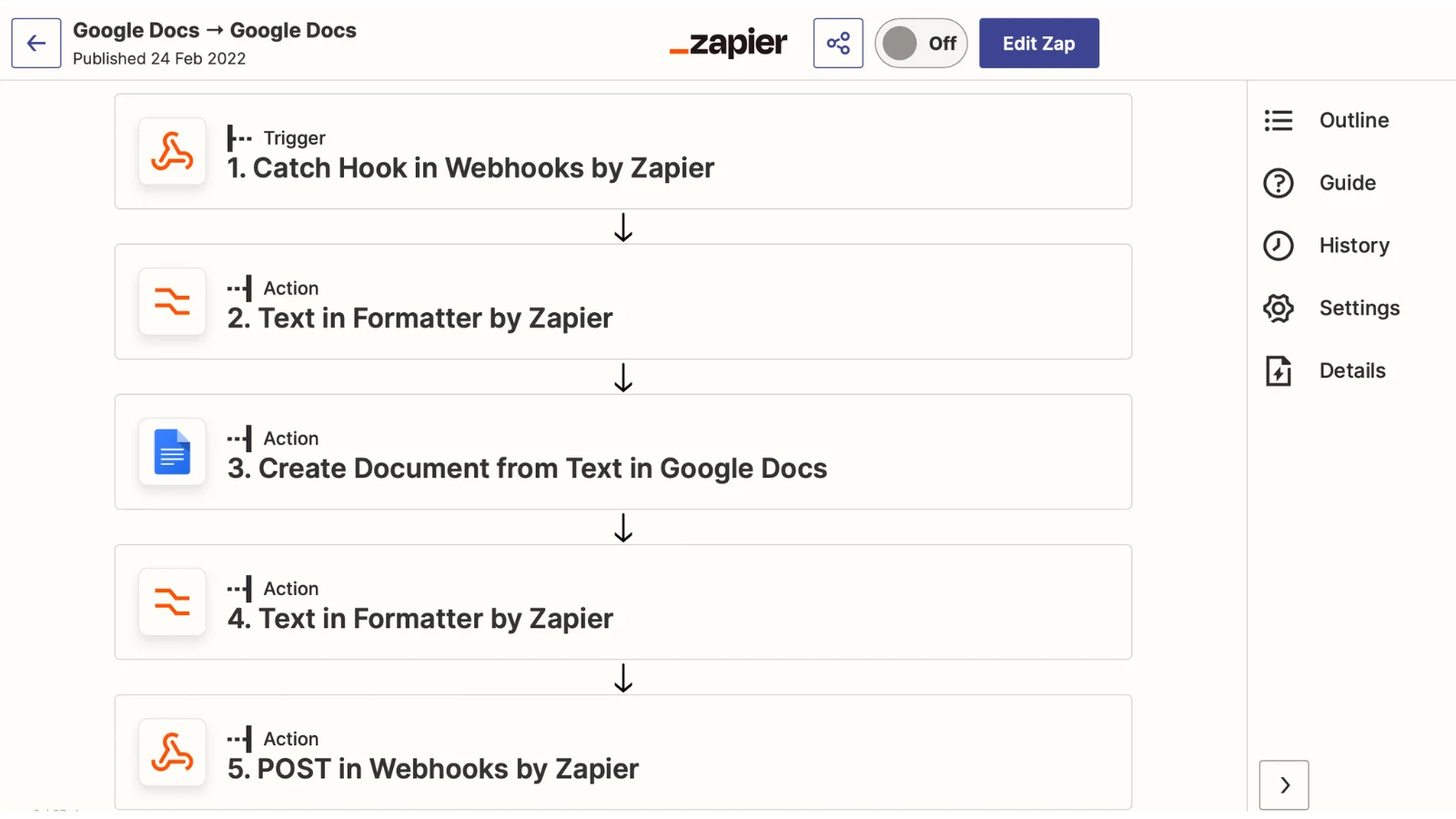
3. Google Sheets
A large proportion of RAD projects rely on everyday office platforms, including spreadsheets. Our top choice in this class is Google Sheets.
Sheets combines a familiar spreadsheet interface with powerful customization, integration, and cloud-based collaboration features. It’s a great option for business users who need to build simple tools like dashboards, specialized calculators, and forms.
However, we also know that relying on spreadsheets to manage workflows presents a range of challenges and limitations - especially with regard to building user experiences and meeting non-functional requirements.
Check out our guide to building a Google Sheets dashboard in Budibase to see one way to work around these limitations.
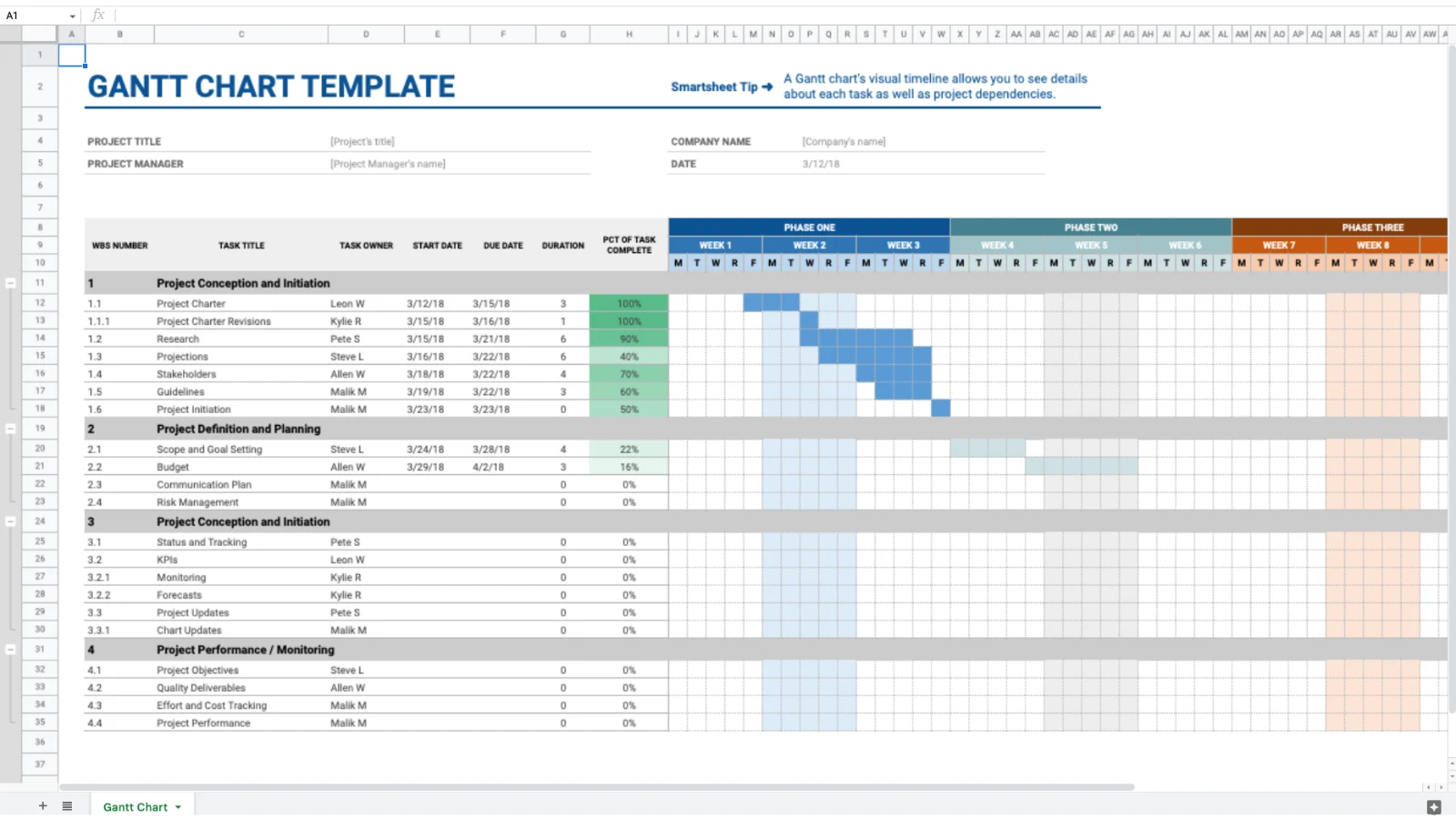
4. AWS Lamda
Of course, many developers prefer traditional tools to work on RAD projects. The key, therefore, is using tools that allow you to write, test, and deploy hard-coded applications as quickly as possible.
We’re huge fans of AWS Lamda.
This is a serverless platform where you can upload and runs virtually any kind of code. It’s an incredible option for minimizing the time and administrative work required to deploy and manage custom applications.
It also offers a high degree of integrability with other Amazon Web Services, making it ideal for scaling applications within busy teams.
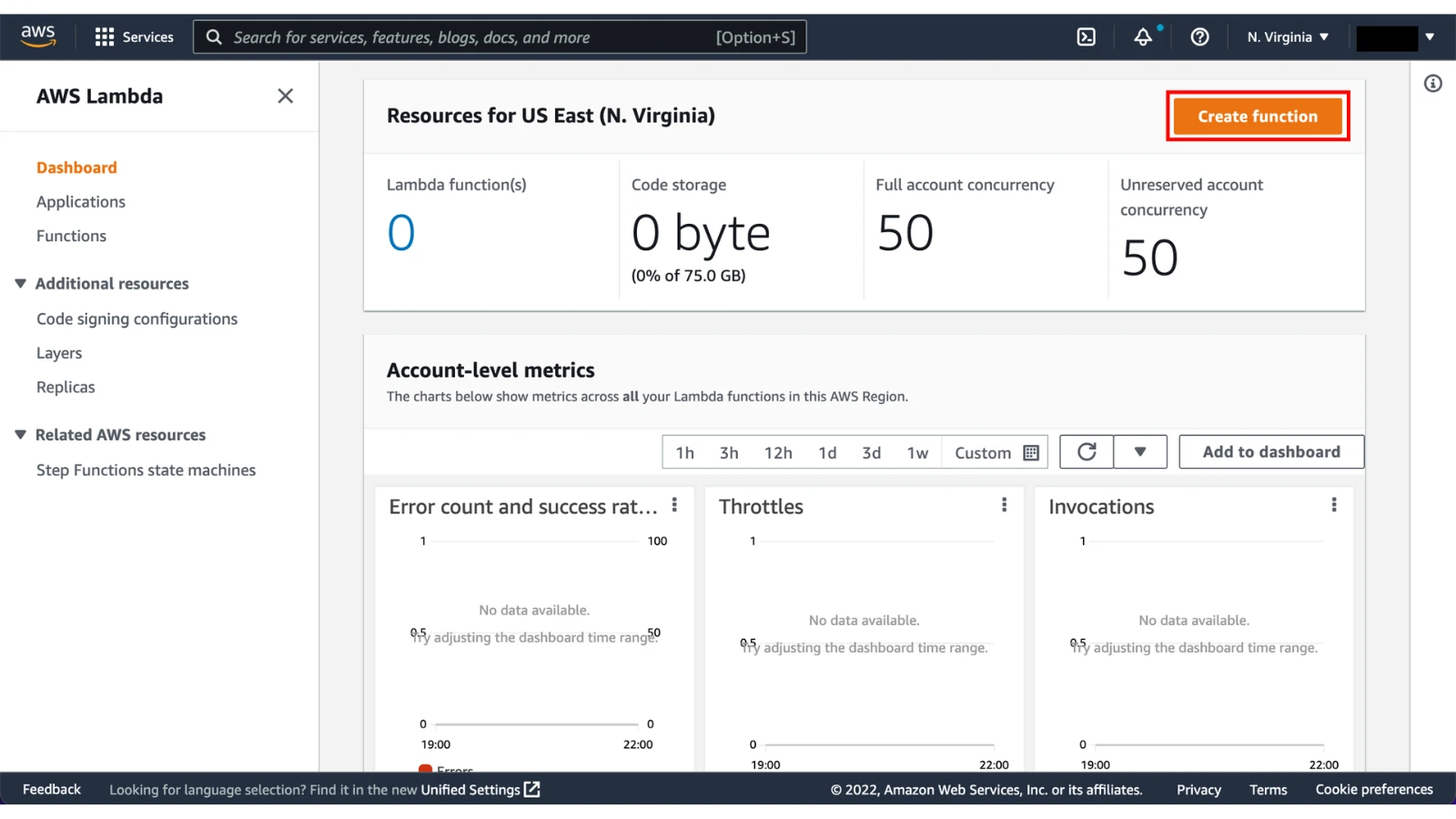
5. HubSpot
Choosing just one single-function tool is a little bit trickier. As you can imagine, it’s hard to compare like with like in this product class, and there are just so many different platforms out there nowadays for specific business verticals.
HubSpot is the exemplary case though. You can think of this as a comprehensive platform for managing all sorts of sales and marketing processes, workflows, and individual tasks.
For our purposes, though, the key feature is HubSpot’s custom application development tools. While these fall somewhat short of full-on applications in the traditional sense, they’re still a great way to map, digitalize, and automate existing business processes.
Essentially, HubSpot’s app development portal is a tool for automatically making and transforming API calls, to process sales and marketing data.
The appeal here is building out streamlined commercial processes, with minimal custom code.
Check out our guide to automating marketing processes.
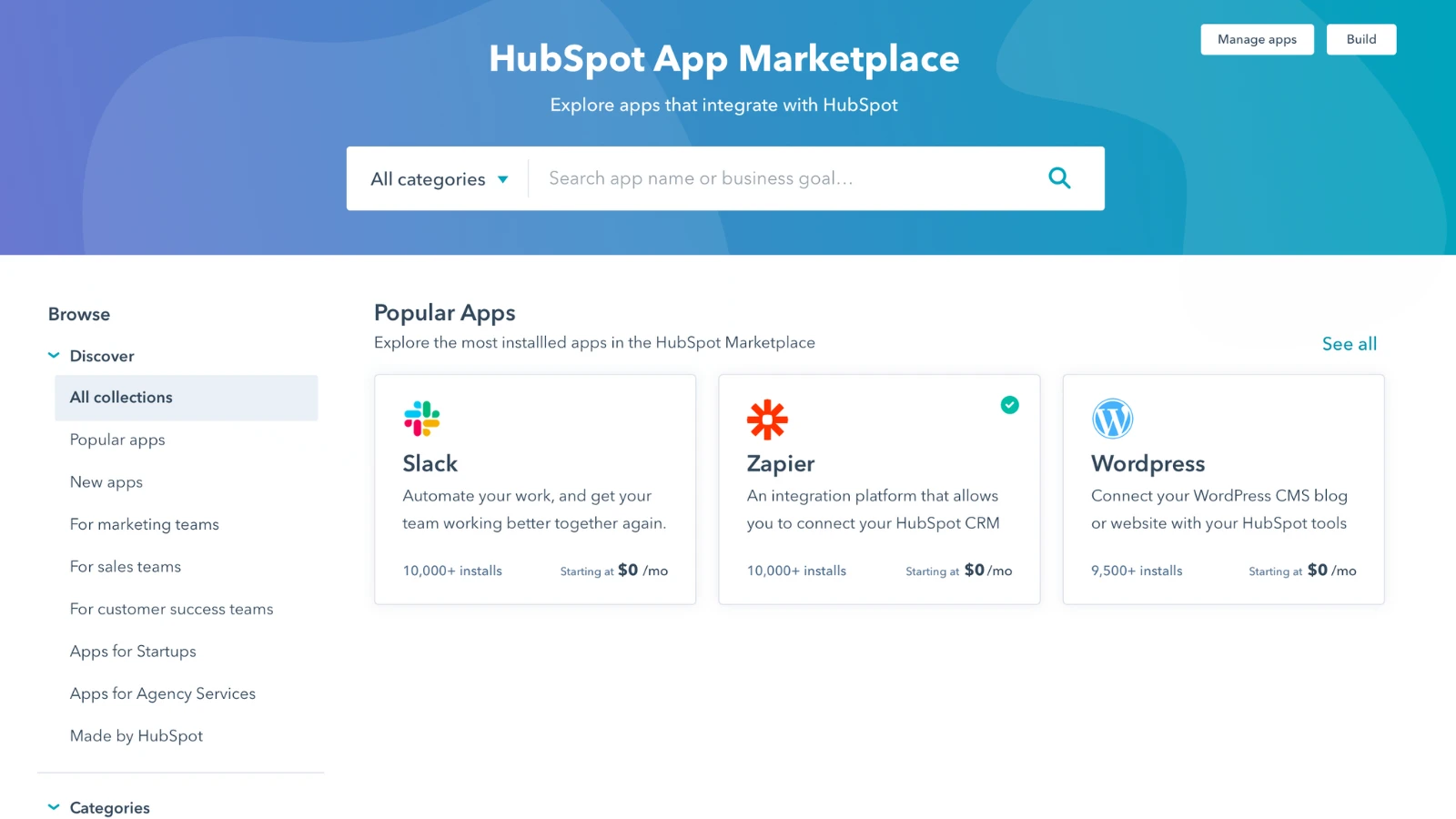
6. Mendix
Mendix is a low-code platform that’s highly tailored toward development teams within large enterprises. It offers a huge amount of power and flexibility for building custom internal tools, with the caveat that it also requires a high level of technical skills.
It’s centered around a visual IDE, combining a drag-and-drop interface for arranging built-in components, with a range of more traditional development tools, for adding front-end scripting, business logic, and API requests.
Mendix also offers huge amounts of extensibility, including a dedicated SDK and contributions from an active community of developers.
The main downside here is that we’ll need a certain level of coding skills to make the most of Mendix. For example, we’ll often need to use custom CSS for relatively simple design tasks.
As a highly enterprise-focused platform, it’s also one of the most expensive options we’ve seen today.
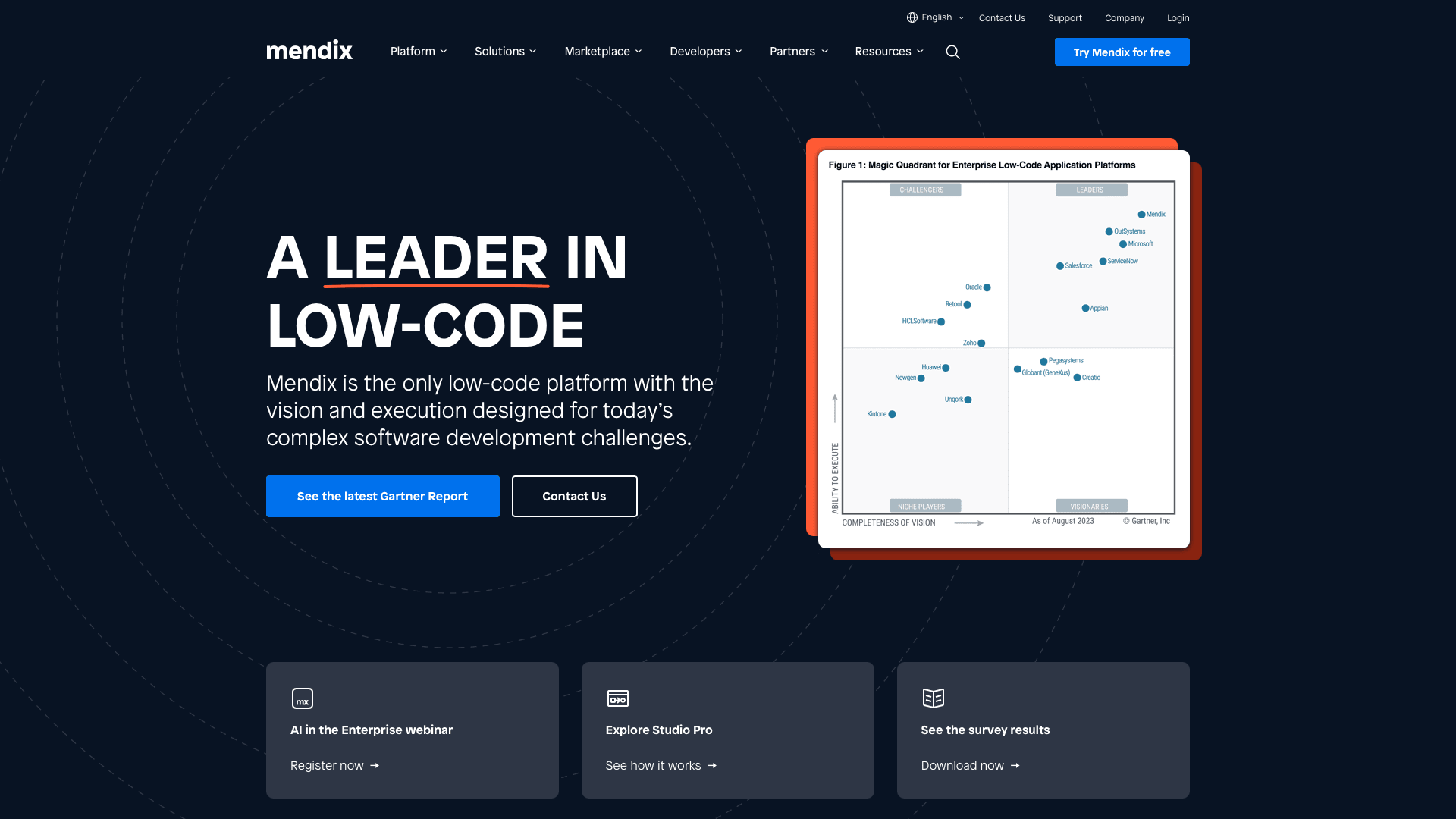
7. OutSystems
Outsystems is another platform that aims to empower professional developers in large enterprises to ship custom solutions more quickly. Like Mendix, it offers a combination of a visual IDE and more traditional, code-intensive development tools.
It’s a strong offering for rapid application development for these kinds of users, with a heavy focus on reusability and leveraging pre-built templates to ship solutions.
One helpful feature is that OutSystems will automatically generate relevant UIs based on steps within your workflow automations, making it a particularly attractive option for engineers that don’t want to spend excessive time on design tasks.
Again, however, it requires a high level of technical expertise to use. On top of this, it can present a steep learning curve, even for developers.
It’s pricing model is also relatively complex, making it difficult to predict the cost of building and managing solutions.
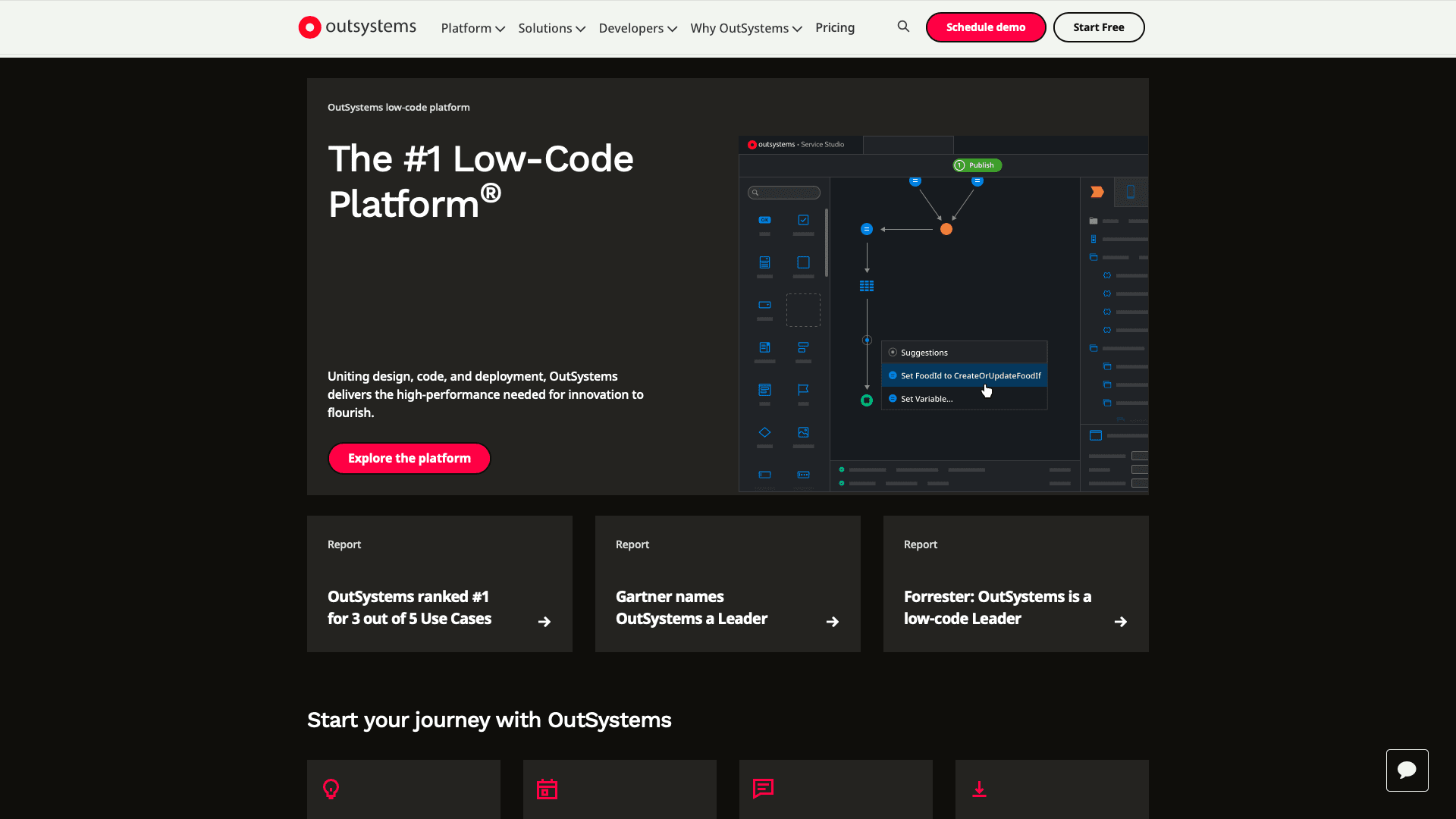
You might also like our comparison of Mendix vs OutSystems .
What kinds of tools do rapid application developers use?
So, if there’s no single definition of what a rapid application development tool is, it only makes sense to consider the types of tools that professional developers use in the real world for RAD projects. However, this introduces a couple of extra problems.
The big one is that developers will be influenced here by the tools they normally use for other activities. What’s fastest and easiest can vary from person to person, depending on their background.
No/low-code development platforms
No/low-code platforms are the most obvious candidates as rapid application development tools. The key benefit of low-code is eliminating simple, repetitive development tasks, in order to speed up builds.
So, rather than building everything from scratch, you can rely on low-code tools to do the legwork for basic tasks. For instance, building forms, CRUD apps , or other very simple tools.
However, there’s a huge amount of variety when it comes to the quality, functionality, and usability of different platforms. Across the board, you can expect to build interfaces, automations, and data models .
The best options here offer enough flexibility for you to add your own custom elements, for more advanced or specific use cases.
Integration platforms
Integration tools are a little bit less sophisticated. Rather than being intended to build apps, the goal here is to integrate functionalities across different existing tools. At best, you can expect a fairly limited ability to build interfaces.
Really, integration tools allow you to build solutions by doing two things:
- Using actions in one tool to trigger events in another.
- Applying business logic, processing, and conditions between actions and events.
Essentially, this means sharing data and other resources between tools, based on defined events.
For example, you might use a new sale on your e-commerce platform to trigger some automated admin tasks within your CRM.
As you might have guessed, this is a fairly loose definition of application development. Still, it suits the RAD model quite neatly, as the end result is a fast way to bring solutions to real-world business problems online.
Business management tools
A huge proportion of RAD projects rely on tools that fall outside of the formal app-builder umbrella. Most often, these are everyday office tools, like project management software, customer relationship management, Google Workspaces or Microsoft Office365.
Both of these platforms do offer tools for building your own automations, user interfaces, data management tools, and more.
However, the most common approach here, by far, is using spreadsheet tools to build simple applications, like data entry tools, dashboards, sign-up forms, and visualizations.
Again, this might feel like something of a departure from the idea of app development.
Indeed, it’s a particularly limited strategy. Both in terms of the kinds of solutions you can create and how far you can scale them.
So, we can basically say that this is a strong approach for less technical colleagues, but that these kinds of tools aren’t a great option for specialists looking for rapid application development tools.
Traditional development tools
Of course, another option is simply using the kinds of technology that you normally build solutions in, but applying the RAD model. In other words, just doing it faster.
Obviously, though, this comes with some big tradeoffs. Traditional coding takes time for a reason. Building accurate, performant, bug-free apps is a laborious process. Trying to expedite developments with traditional techniques risks undermining this.
Some languages are better positioned here than others.
For example, JavaScript and Python offer a high degree of readability, along with extensive built-in functionality, making it relatively easy to create working solutions quickly. This is even easier with the right suite of libraries, frameworks, and other tools.
Still, using the RAD model to build hard-coded solutions often means cutting corners. As such, it’s usually not the best solution, except in very specific circumstances.
Check out our guide to traditional SDLC vs RAD .
Function-specific tools
Finally, we have function-specific tools. These are basically very tightly defined app-builders, aimed at creating a single class of tools. For instance, form builders . Generally, this is a great option, if you only need to do one thing.
However, things can get messy if you start using a whole raft of single-function tools.
For instance, trying to create a software stack of compatible micro-tools can be a huge challenge.
Then we have the issue of paying for multiple licenses.
So, single-function tools are an okay RAD solution, in some specific, limited circumstances, but they’re generally not the right way to go about building a sustainable culture of innovation.
Decision points for rapid application development tools
As we’ve seen, a whole range of contextual factors goes into deciding what’s the best rapid application development tool. This includes organizational factors, like who’ll be using them, as well as more practical considerations, like what you expect to build.
To solidify some of what we’ve hinted at already, here are the key decision factors you should consider for rapid application development tools.
Cost
Of course, cost is at the heart of any procurement decision. However, this is a little bit trickier in the context of RAD tools. On the one hand, we have normal factors like the direct costs of licensing different platforms and indirect costs, including training and maintenance.
However, rapid application development tools bring on a few additional concerns, besides this.
For instance, how much money do you expect to save on development hours vs traditional builds? What ROI will you see from the solutions that your team builds with different RAD tools? How will these costs and savings offset one another?
Even for more basic costs, like licensing, you’ll find a huge degree of variation between vendors. For instance, whether they charge on a per-user, developer, or application basis.
Scalability
Scalability comes in two forms:
- Vertical - the degree to which you can add new users or data to your solutions.
- Horizontal - how readily you can add new features and functions.
There’s a lot that goes into how effective any given solution is here.
One thing to consider is user management. For example, will your RAD team’s output offer SSO? Are there additional costs for adding new end-users?
Then there’s the issue of scaling horizontally.
When you build solutions with your rapid application development tools, are these ready to evolve as your needs grow and change?
There are a few more concrete factors we can pay attention to assess this.
Supported integrations are one that we’ll return to in a minute.
Besides this, there are the actual practicalities of deploying new features. Again, this is a pretty diffuse topic. Can you easily add new data sources and screens without causing excessive disruption?
Functionality
Then there’s the question of whether different rapid application development tools even offer appropriate functionality in the first place. Very broadly speaking, we can divide this into elements:
- Functional requirements - What you outwardly need solutions to do.
- Non-functional requirements - Additional considerations for facilitating this and rolling the solution out to users, such as integration options or hosting configuration.
Assessing RAD tools’ suitability in terms of functional requirements is relatively easy - at least, assuming that you know in advance the kinds of problems your team needs to solve.
Non-functional requirements can often be more esoteric. As in, there’s a stronger chance that your particular requirements are unique. It’s, therefore, harder to assess if a particular solution is right, without particularly in-depth research.
Required skills
We also need to think about the suitability of different options for your specific users. Are you expecting your rapid application development tools to be used by coders, citizen developers, or ordinary business users?
The important thing here is the technical skills that different options require.
For example, if your in-house developers need to work on RAD projects, they can more easily use solutions with higher technical prerequisites. By contrast, your business users will have more limited technical skills, so they can draw on a smaller pool of platforms.
Integrability
Finally, we have integrability. This is the extent to which you can connect the tools you build to existing applications and data sources.
This is particularly important in the context of rapid application development tools. That is, some of the most common use cases for RAD tools are:
- Creating simple tools to manage existing data sources.
- Plugging gaps between existing tools to improve workflows.
- Adding individual functions to your existing software stack.
So, there are two factors to look out for when assessing a tool’s integrability:
- The variety of external tools you can integrate with.
- How easy it is to configure external integrations.
For example, in some platforms, you’ll be limited to pre-built connectors, making it harder to draw on esoteric or legacy data sources. In others, you can expect much more flexibility.
Build better apps, faster, with Budibase
Tens of thousands of businesses around the world choose Budibase to build internal tools, the fast, cost-effective way.
With external RBAC, external data support, autogenerated CRUD screens, free SSO, self-hosting, cloud deployments, low-code automations, and more, Budibase is the perfect solution for building all kinds of business applications.
To start using Budibase for free, sign up today.